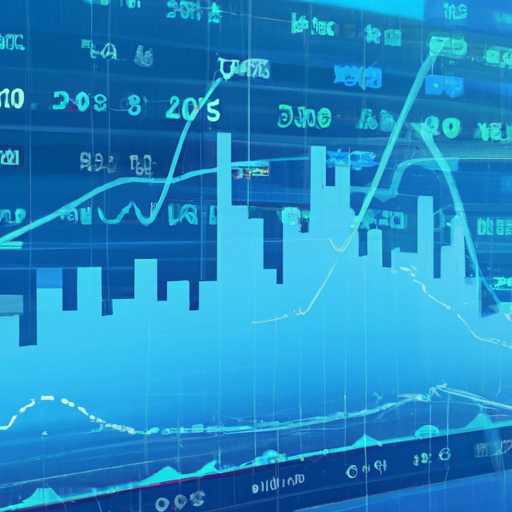Understanding prop trading: a comprehensive guide
Prop trading, short for proprietary trading, is a term that often surfaces in discussions about the financial markets.
In this article, we’ll explore what prop trading is, how it works, and why it’s an essential aspect of modern financial systems.
We’ll also delve into the strategies employed by prop traders and the risks involved.
What is prop trading?
Prop trading involves financial firms or commercial banks investing their own money in financial markets rather than using clients’ funds.
The primary goal is to earn profits for the firm through market activities.
Unlike traditional brokerage services where firms make commissions from client trades, prop trading focuses on making direct profits from market movements.
The role of prop traders
Prop traders are professionals who use various strategies to maximize returns on the firm’s capital.
They often have access to sophisticated tools and resources that individual traders might not possess.
These traders can operate in different markets including stocks, bonds, commodities, currencies, and derivatives.
High-frequency trading (hft) is one such strategy where trades are executed at incredibly high speeds using advanced algorithms.
Why firms engage in prop trading
Firms engage in prop trading for several reasons:
1. Profit potential: by using their own capital, firms can potentially earn higher returns compared to commission-based earnings from client trades.
2. Market influence: engaging directly in markets allows firms to take significant positions that could influence market trends.
3. Risk management: proprietary trading provides an avenue for managing risks associated with holding large cash reserves.
Strategies employed in prop trading
Prop traders use a variety of strategies to achieve their profit goals.
Market making
Market making involves providing liquidity by placing buy and sell orders for a particular security simultaneously.
By doing so, prop traders earn from the bid-ask spread – the difference between buying and selling prices.
This strategy requires quick decision-making and efficient execution to capitalize on small price differentials.
Arbitrage
Arbitrage takes advantage of price discrepancies between different markets or instruments.
For example, if a stock is priced differently on two exchanges, a trader can buy it cheaper on one exchange and sell it at a higher price on another.
This strategy requires sharp analytical skills and fast execution capabilities to profit before the price difference vanishes.
Statistical arbitrage
Statistical arbitrage involves using mathematical models to identify mispriced securities based on historical data correlations.
Traders look for patterns indicating that prices will revert to their mean values over time.
This approach requires strong quantitative skills and access to large datasets for analysis.
The risks and rewards of prop trading
While prop trading offers lucrative opportunities, it also comes with significant risks:
Market risk
Since prop traders invest substantial amounts of capital directly into markets without any guarantees against losses – they face considerable market risk if prices move unfavorably against them unexpectedly due unforeseen events like geopolitical tensions or economic downturns etc.,
Managing these risks effectively requires robust risk management practices such as setting stop-loss limits or diversifying investments across multiple assets classes etc.,
Leverage risk
Many proprietary desks utilize leverage – borrowing additional funds amplify potential gains but also magnifies potential losses equally which could lead substantial financial distress firm itself especially during volatile periods when leveraged positions may incur heavy losses quickly due sudden adverse movements underlying asset prices,
Effective leverage management crucial mitigating this type risk ensuring responsible usage borrowed funds maintaining adequate buffer margins cover potential downside scenarios always,
The future of prop trading
With advancements technology continue evolve rapidly transforming landscape global finance industry increasingly adopting innovative solutions enhance efficiency profitability operations overall including realm proprietary desks too likely witness further integration cutting-edge technologies like artificial intelligence machine learning predictive analytics blockchain distributed ledger systems among others streamline processes improve decision-making capabilities reduce operational costs boost competitive edge long-term sustainability growth prospects ahead,
In conclusion – while engaging proprietary offers tremendous rewards terms generating substantial profits relatively short spans time compared traditional investment avenues simultaneously entails considerable inherent risks necessitating prudent strategic planning disciplined execution sound risk management practices ensure success longevity field dynamic ever-changing environment modern-day financial markets,
So whether considering career path aspiring professional looking expand knowledge base seasoned veteran seeking stay abreast latest trends developments within industry understanding intricacies nuances intricately woven fabric integral component broader ecosystem invaluable asset navigating complexities vast ocean opportunities challenges present today tomorrow alike!

